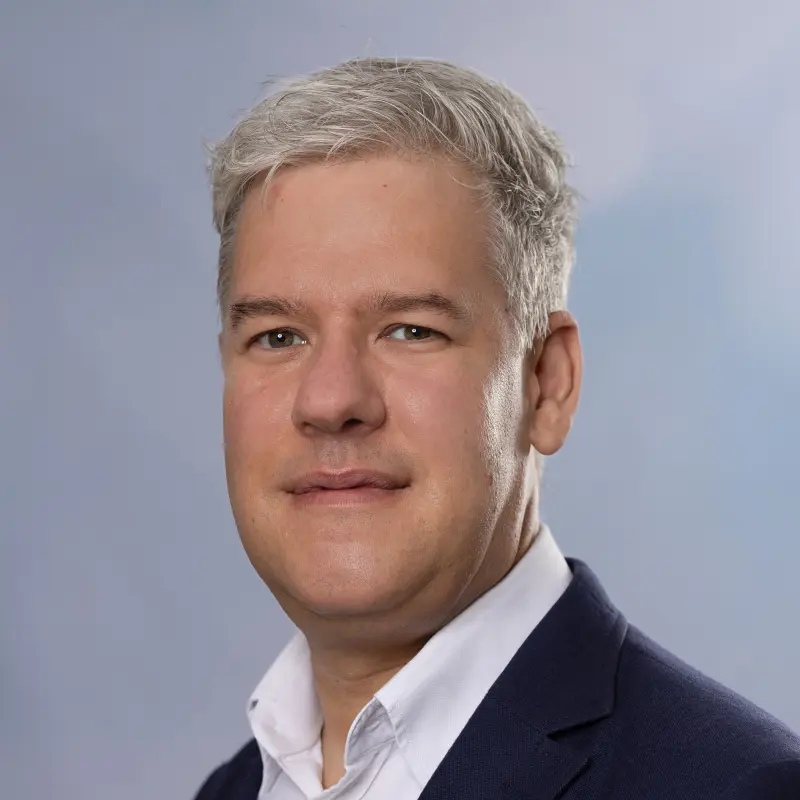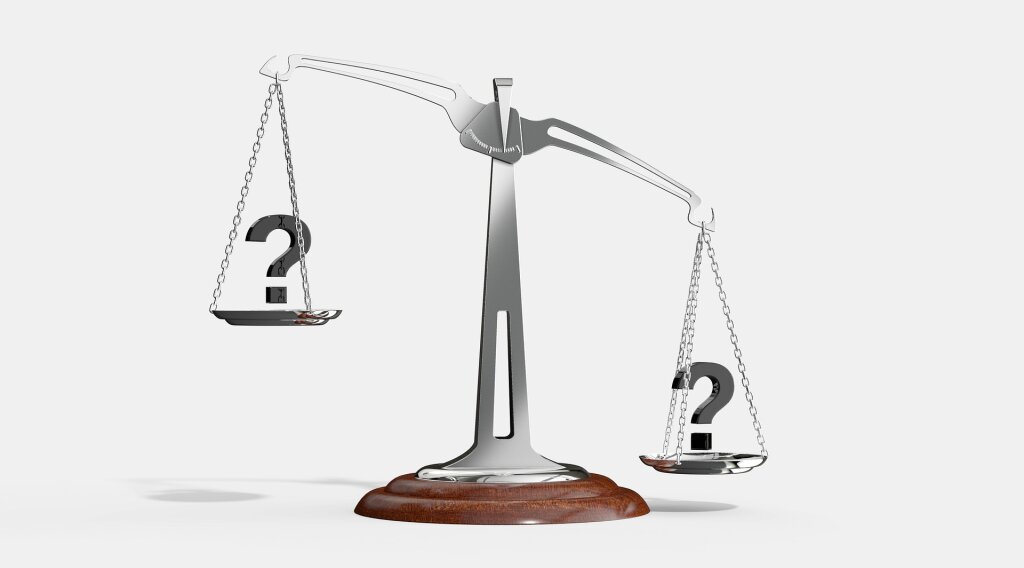One PK purchase - two advantages
"Dr Batze und's Weggli". This describes the double advantage of buying into the pension fund. Specifically, this results in attractive entitlements to future benefits, combined with considerable tax savings in some cases.
The insurance certificate should provide information on the maximum possible purchase amount. Otherwise, it can be requested from the pension fund, which is recommended, as most pension funds require written approval at least before the first purchase. In general, the regulations of the pension fund determine the maximum possible retirement assets as a percentage of the insured salary. The maximum purchase is therefore the difference between the available pension capital and the maximum pension capital. This pension gap changes from year to year.
In particular, pension gaps arise due to salary and/or workload increases, contribution gaps and extraordinary events such as divorce. For example, in the event of a salary increase, the additional purchase potential corresponds to the difference between the pension assets saved on the basis of the contributions actually paid in all previous years and the pension capital that would have accrued if you had already had this salary level in all previous years of employment. This can result in a considerable gap in purchase potential.
To illustrate this, the calculation of purchasing potential before and after a wage increase:
before wage increase | after wage increase | |
Insured salary: | CHF 120,000 | CHF 130'000 |
Age: | 55 | 55 |
max. retirement assets in %: | 368% | 368% |
max. retirement assets in CHF: | CHF 441,600 | CHF 478,400 |
existing retirement assets: | CHF 440,000 | CHF 440,000 |
max. purchase: | CHF 1'600 | CHF 38'400 |
The main advantage is obvious: the more money you have in the pension fund, the higher the payouts in old age and possibly also the risk benefits. Paying in is also interesting from a tax perspective: you can deduct payments from your private assets from your taxable income, which in turn reduces progression. It is therefore generally worth spreading the payments over several years. Your pension capital is also exempt from wealth, income and withholding taxes during the contribution period.
A long-term investment with advantages but also conditions
The long-term commitment of these assets must be taken into account when making such purchases. A contribution made cannot be reclaimed. It is only refunded in the event of a claim, i.e. on retirement, taking up self-employment, purchasing residential property for personal use (WEF advance withdrawal) and emigrating to a non-Schengen country. As with investing in general, the counterparty should therefore be financially sound and trustworthy. Study the regulations and the latest annual financial statements of your pension fund. A coverage ratio of over 100 percent is certainly a good indication. In the case of pension funds with insufficient cover, voluntary contributions can be used for restructuring. In the event of any underfunding, the benefits will also be reduced proportionately in the event of a change of pension fund or a lump-sum withdrawal (pension capital multiplied by the funding ratio equals the vested benefits to be paid out).
Be aware that even the most solid fund can fall short, for example in the event of a stock market crash. You must be able to cope with this risk, which is manifesting itself again right now. In the case of enveloping pension funds, you should check whether the expected annual retirement pension actually corresponds to the pension according to the pension plan. As the regulatory conversion rates are now generally much lower than the mandatory conversion rate of 6.8%, much more retirement capital must be saved than the legally guaranteed minimum (according to the BVG shadow calculation) in order to receive at least the same level of pension. If the expected pension corresponds to the legally guaranteed minimum benefit, a purchase may not be worthwhile for you, as it does not contribute to an improvement in benefits, but only relieves the pension fund of the burden of financing your pension. The purchase could therefore be seen as an act of solidarity at best.
Different treatment of married couples and cohabiting partners
Unmarried persons should consult the regulations particularly carefully to find out what happens to their pension assets in the event of a benefit claim. In particular, in the event of death before retirement, benefits are only provided by law for spouses and their own children, but not for cohabiting partners. Such entitlements would therefore be forfeited in favor of the collective, which reduces the attractiveness of such purchases. Nevertheless, many pension funds have now included regulatory benefits in the form of a lump-sum death benefit for cohabiting partners, parents or siblings in their regulations. It is also worth taking a look at the regulations for married persons. In the event of death, certain pension funds refund the voluntary buy-ins before the retirement assets are used to finance pension benefits. This regulation makes purchases more attractive.
Divorced persons
For divorced persons, repurchases after divorce are highly recommended, which are possible without restriction up to the amount of the original payout on divorce. Such buy-ins not only benefit you in terms of tax, but also allow you to buy back your original benefit, including the legally guaranteed minimum benefit: the buy-in is credited to the retirement account and the BVG shadow account, which simulates and reflects the statutory minimum entitlement.
Voluntary purchases can be deducted from the taxable income for a period. However, the purchase per year should not exceed the taxable income, as a negative taxable income is not carried forward to the following period. In principle, smaller, regular purchases are preferable to large one-off purchases due to the progressive tax rates. Of course, a buy-in can also be used as a planning tool to compensate for extraordinary income. It should also be noted that voluntary purchases made in the last 3 years are offset against tax when a lump sum is withdrawn, whether for home ownership or on retirement. This must be taken into account when planning purchases. Depending on the canton, there are allowances for this, such as in the canton of Baselland, where only annual purchases of CHF 10,000 or more are taken into account.
Double tax advantage thanks to indirect amortization of the mortgage
For homeowners who have not made an advance withdrawal and have purchase potential, indirect amortization of the mortgage is an option. With indirect amortization, purchases are made into the pension fund or pillar 3a and withdrawn as capital to amortize the mortgage upon retirement at the latest. This allows you to benefit from a double tax advantage from the tax deductibility of the current mortgage interest and the contributions to the pension fund. The resulting tax savings are generally significantly higher than the taxes on the capital withdrawal. Please note: As part of the planned abolition of imputed rental values, the tax deduction for debt interest is also likely to be largely abolished. We will keep you up to date on the further development of this bill.
In our opinion, pension fund purchases are sensible and recommended because they promote your own retirement provision and at the same time help to save taxes. This effect results primarily from the different tax progression between the time of purchase and withdrawal (whether as a lump sum or pension). As there are many aspects to consider, we recommend a thorough examination of the topic and the associated advantages and disadvantages. We will be happy to assist you with any questions or comprehensive financial planning.
Closely related to this topic is the question of "lump-sum withdrawal or pension", which we examine in a separate article .






